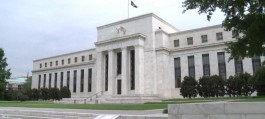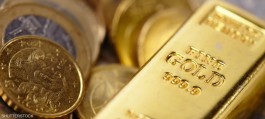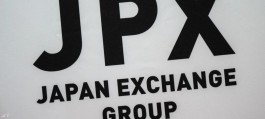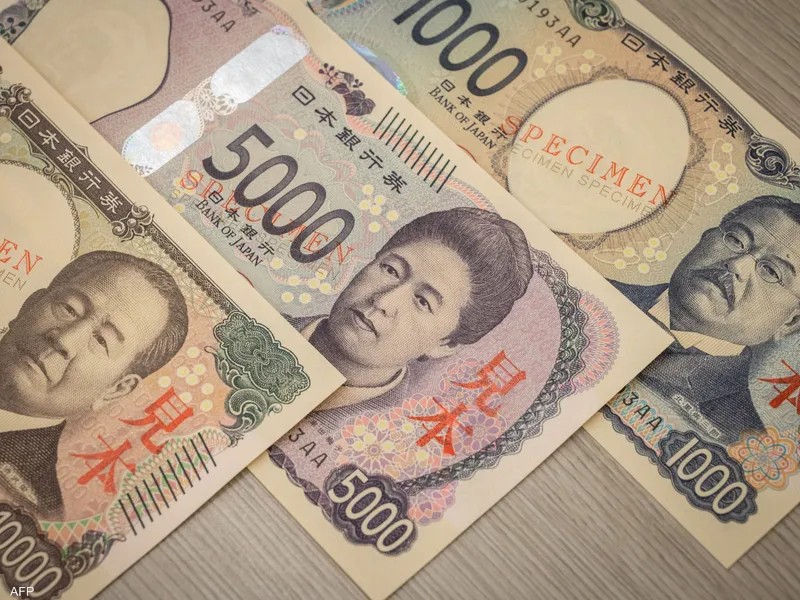•The market is waiting for inflation data in the United States and growth data in Japan.
• Aggressive comments fail to provide support for the Japanese currency.
The Japanese yen fell in the Asian market on Monday against a basket of major and minor currencies, deepening its losses for the second day in a row against the US dollar, recording its lowest level in two weeks, amid weak trading at the beginning of the new week.
Over the coming days, the market will await US inflation data for April and growth data for Japan for the first quarter of this year, which will provide new pricing for the existing probabilities regarding the future of US and Japanese interest rates this year.
This comes as aggressive comments from veteran ruling party member Katsunobu Kato in Japan failed to provide positive support to the Japanese yen in the foreign exchange market.
Price overview
• Japanese yen exchange rate today: The dollar rose against the yen by about 0.2% to (155.96¥), the highest since May 2, from the opening price of today’s trading at (155.66¥), and recorded the lowest level at (155.49¥).
•The Japanese yen lost 0.25% against the dollar on Thursday, its fourth loss in the past five days, due to a rebound in the yield on 10-year US Treasury bonds.
Weekly loss
Over the course of last week's trading, the Japanese yen lost 1.85% against the US dollar, its fifth weekly loss in a month and a half, due to concerns about the stark differences in interest rates between the United States and Japan.
Important information
Over the coming days of this week, traders are awaiting the release of important data on inflation levels in the United States for the month of April, in addition to growth data in Japan during the first quarter of this year.
This data will provide new pricing for existing probabilities of US interest rate cuts and potential Japanese interest rate increases, which will affect the current interest rate differentials between the US and Japan.
interest rate differentials
The interest rate differential between the US and Japan is currently stable at around 540 basis points in favour of the US rate. This gap is expected to continue to support the US dollar against the Japanese yen.
This support is likely to continue until the next Fed rate cut, which could come in September, while markets currently discount the Bank of Japan's ability to raise interest rates again this year.
aggressive comments
In an interview with Reuters on Friday, veteran ruling party member Katsunobu Kato said Japan was seeing conditions set for the central bank to normalize monetary policy, highlighting growing political support for further interest rate hikes.
Japan is moving into an era where prices and wages are rising, from an era when they barely moved, said former chief cabinet secretary Kato, who some analysts see as a future prime minister.
Kato added: Therefore, it is natural for monetary policy to return to the original method in which interest rates move in the positive zone, reflecting the function of the market.
Kato explained: The key to deciding whether to actually raise interest rates is the Japanese economy, especially consumption, which is not necessarily strong.
Asked if the yen was too weak, Katsunobu Kato said he was more concerned about the impact of a weak yen on inflation than its levels in the foreign exchange market.
Kato said the recent weakness of the yen reflects not only the wide interest rate differential between Japan and other countries, but also structural changes in the Japanese economy.
He added that with many Japanese companies shifting their production abroad, the weak yen no longer leads to a sharp rise in exports, calling for the need for Japan to stimulate its economy by attracting investments from abroad.
Japanese Yen Performance Forecast
•Rong Ren Goh, portfolio manager at East Spring Investments, said: “The intervention by Japanese authorities may have temporarily halted the upward momentum of the dollar against the yen.”
“But it is clear that investors are buying into this temporary weakness, which is likely to cause the dollar to move against the yen around the 155 levels,” Goh added.
“Carry trades are still attractive, and the market is still more inclined to buy the dollar against the yen on the dip,” said Vasily Serebryakov, foreign exchange strategist at UBS in New York.
“I don’t think the market is ignoring the risks of the Bank of Japan intervention, but unless there is a major change in the US economic outlook, we don’t think there will be a major change in the FX market settings either,” Serebryakov added.
Artistic view
Dollar vs. Yen in a narrow range - Today's forecast 05-13-2024







































